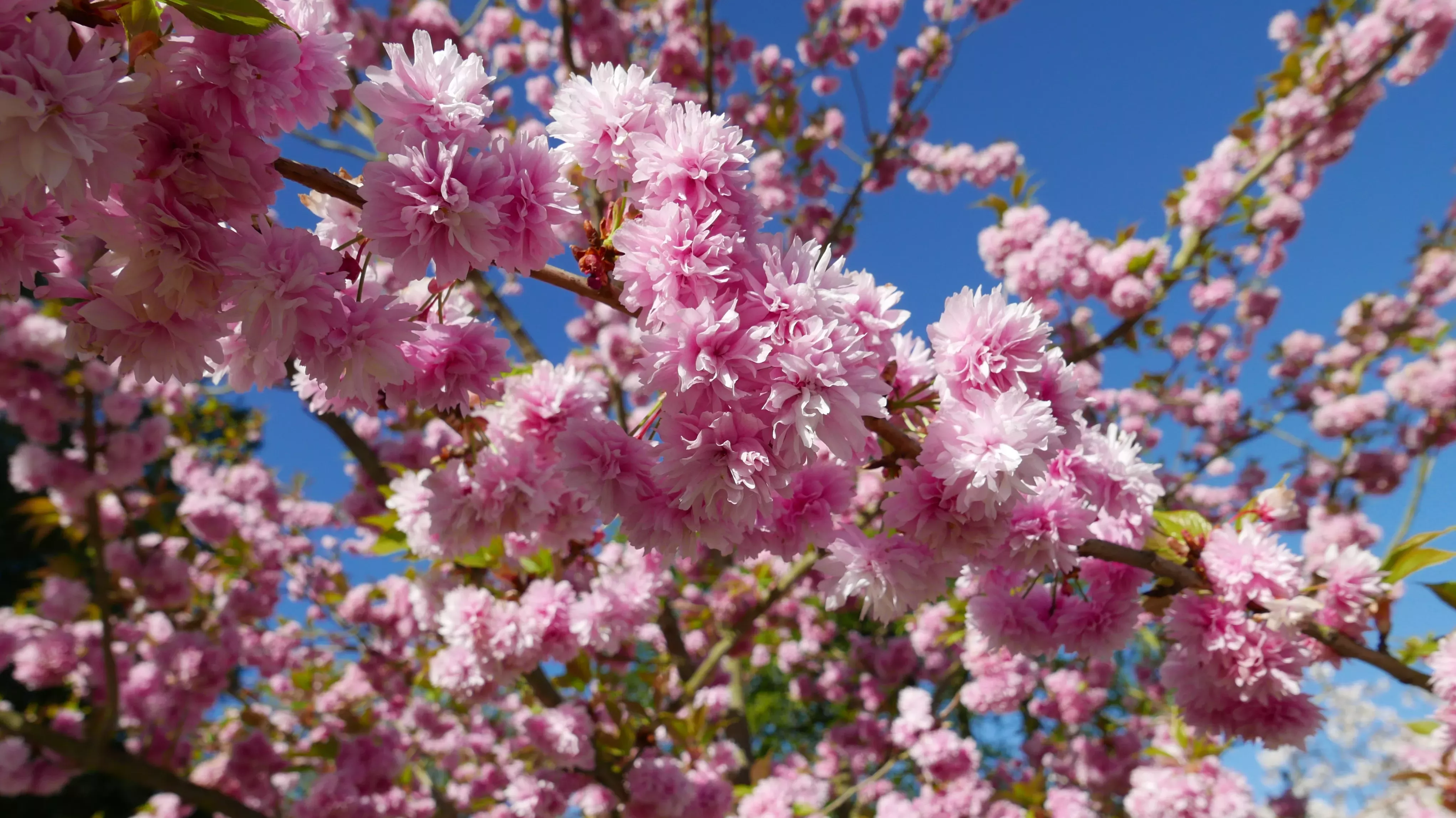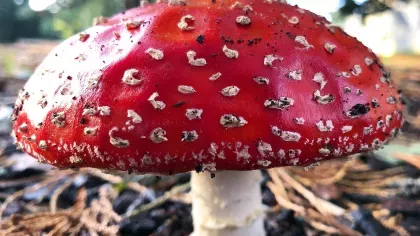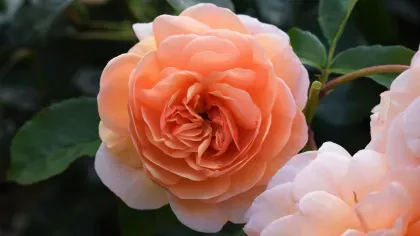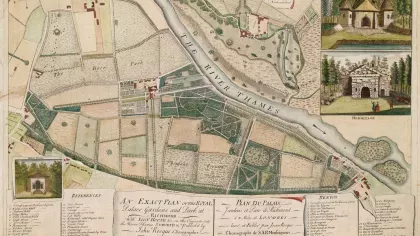30 March 2021
Quiz: Plant kingdom's cleverest tricks
Take our quiz to test your knowledge of plant tricks and talents.

Many species in the plant kingdom use top tricks and clever deceptions to get what they need.
Whether that’s for pollination, to avoid being eaten or as a survival technique.
But how well do you know their secrets? Take our quiz to find out and scroll down for the answers. Good luck!
1. The flowers of the Ophrys apifera, pictured below, mimic the appearance of what creature?
A. Bear
B. Wolf
C. Bee
D. Cat
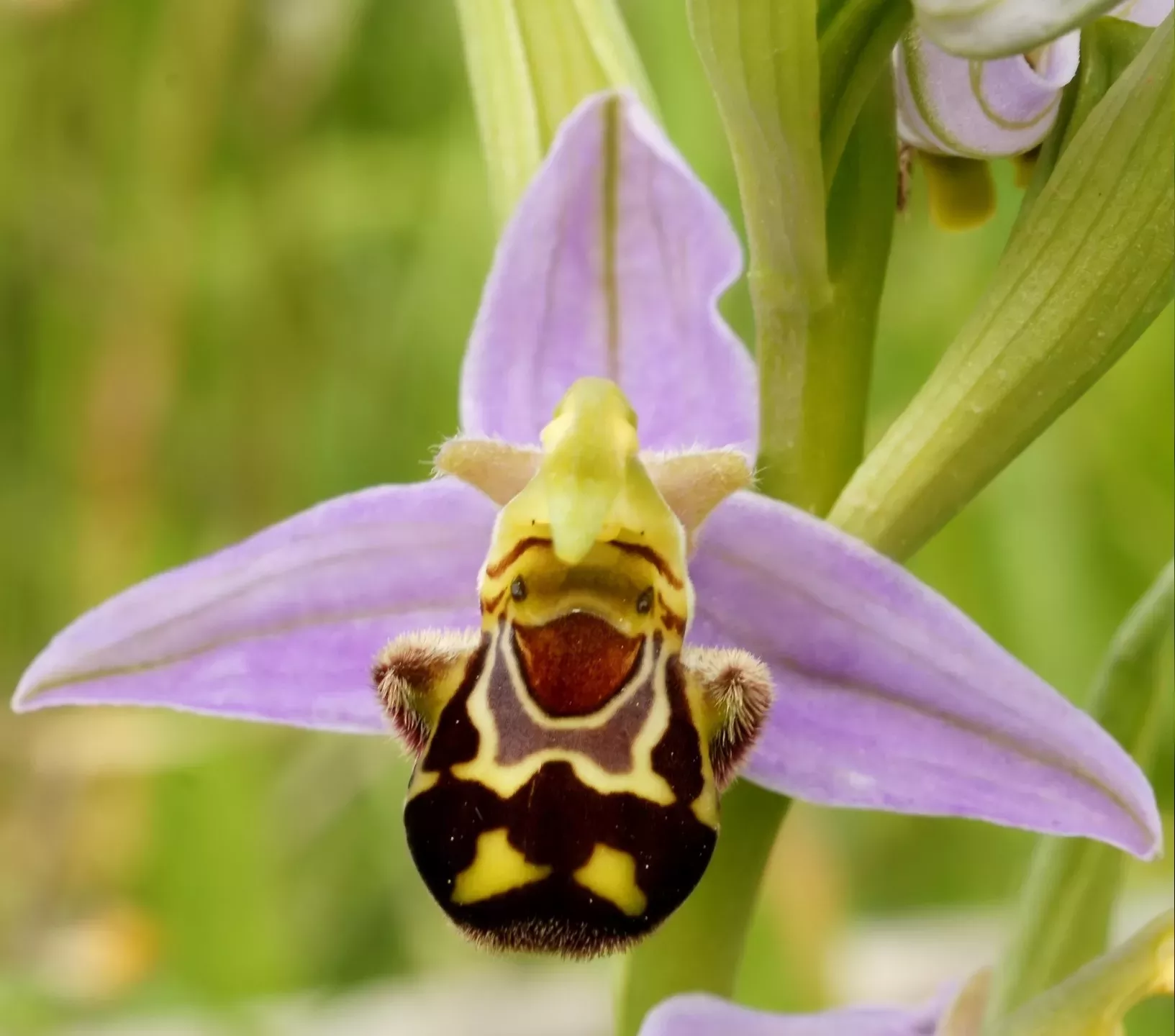
2. What does the Venus flytrap have on its leaves to help trap its insect prey?
A. Teeth
B. Spots
C. Glue
D. A sticky web of strands
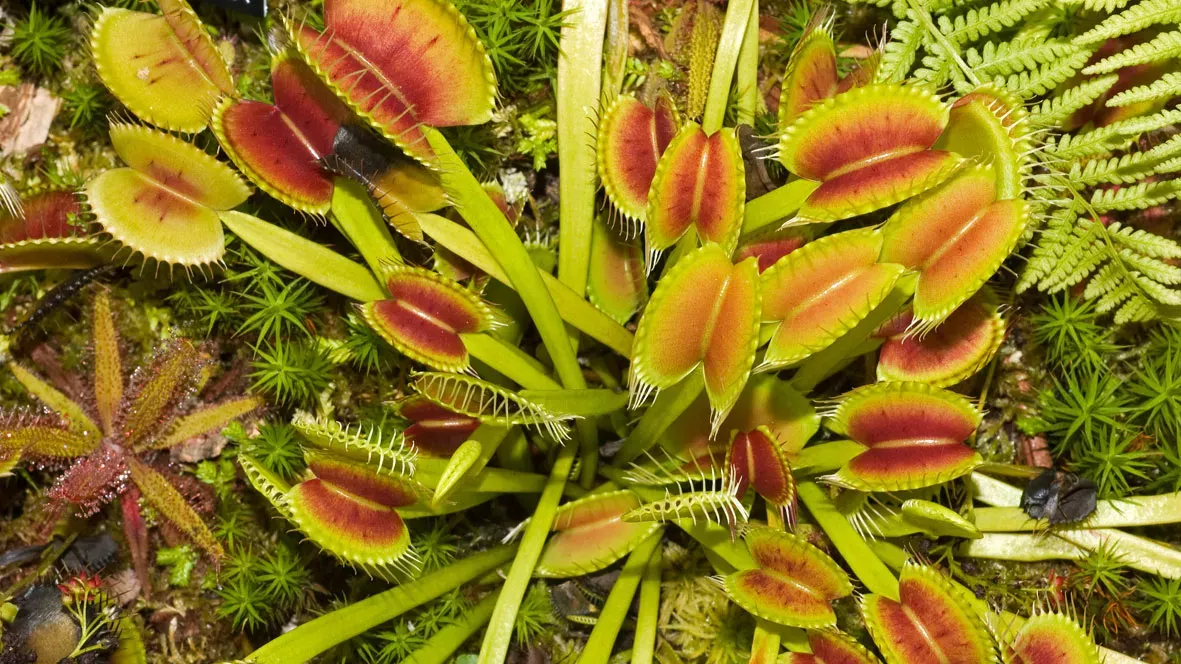
3. Look at the Lithops plants below. Can you guess their common name?
A. Shining mirrors
B. Living stones
C. Hard plant
D. Corpse plant
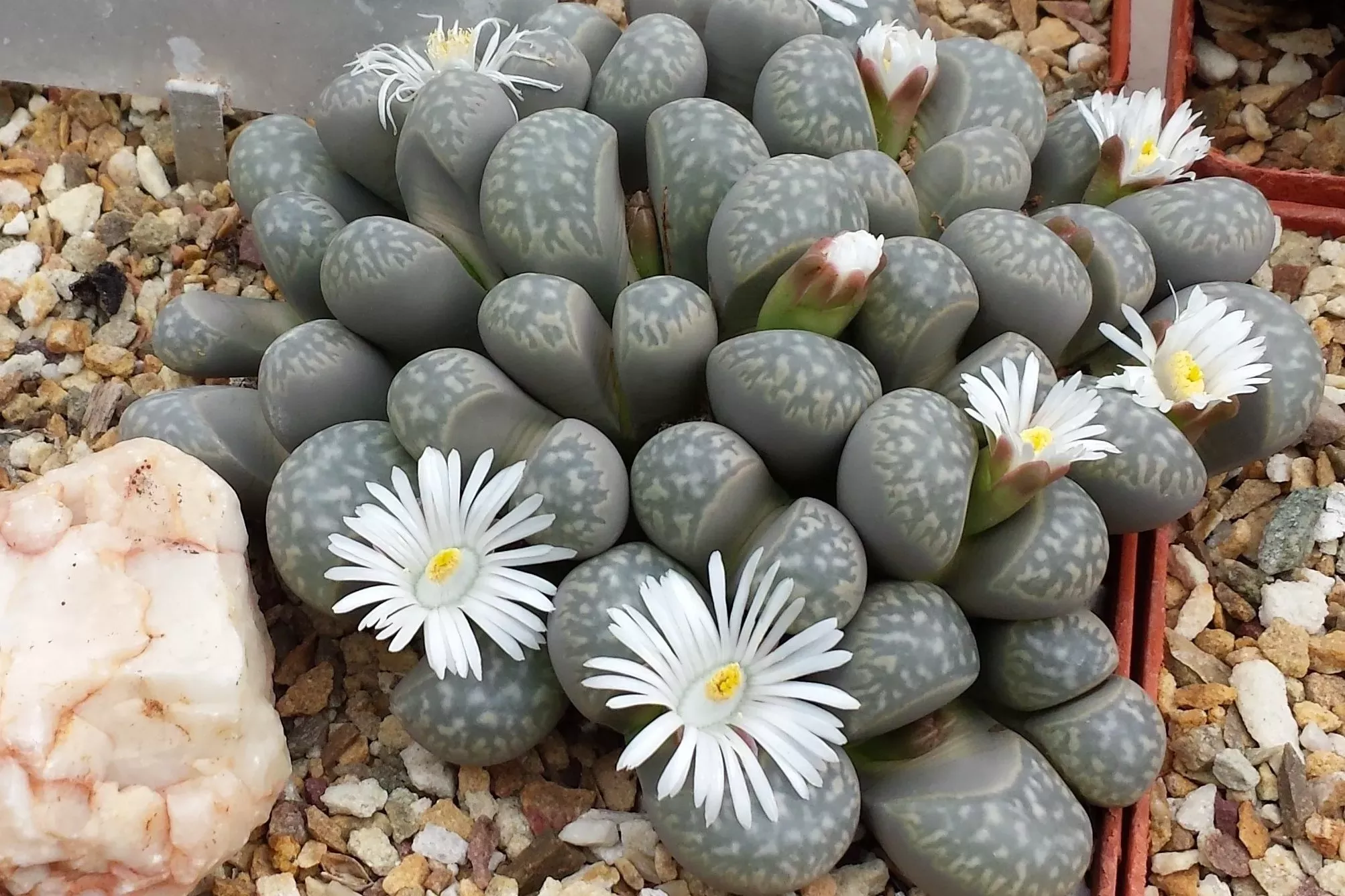
4. How does titan arum attract pollinators when in bloom?
A. Resembles honeycomb
B. Smells like burnt sugar
C. Moves from side to side
D. Smells and looks like rotting flesh
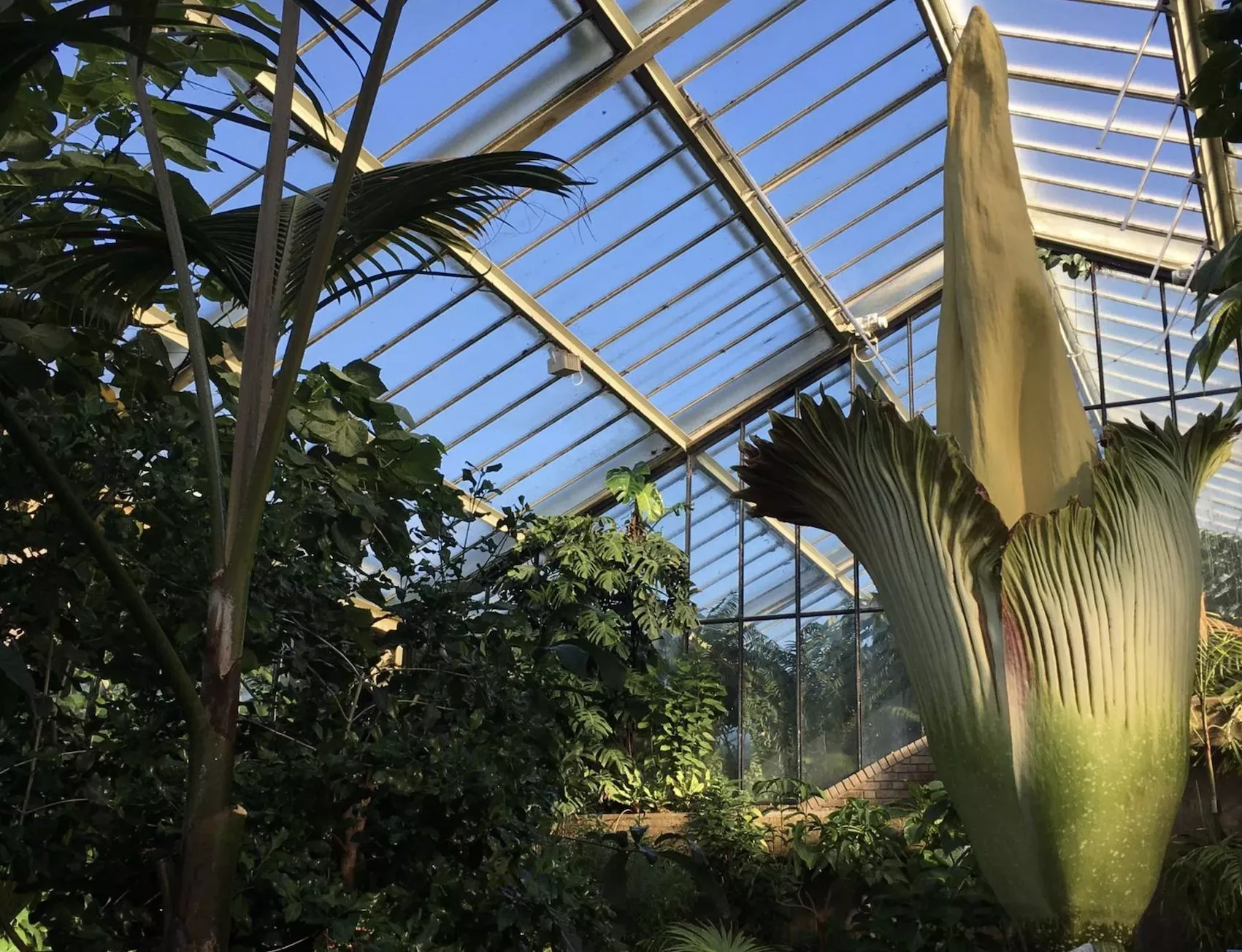
5. How have redwood trees adapted for survival?
A. They don’t grow above 10 metres tall
B. They don’t need water
C. They have fire-resistant bark
D. Their leaves are poisonous to birds
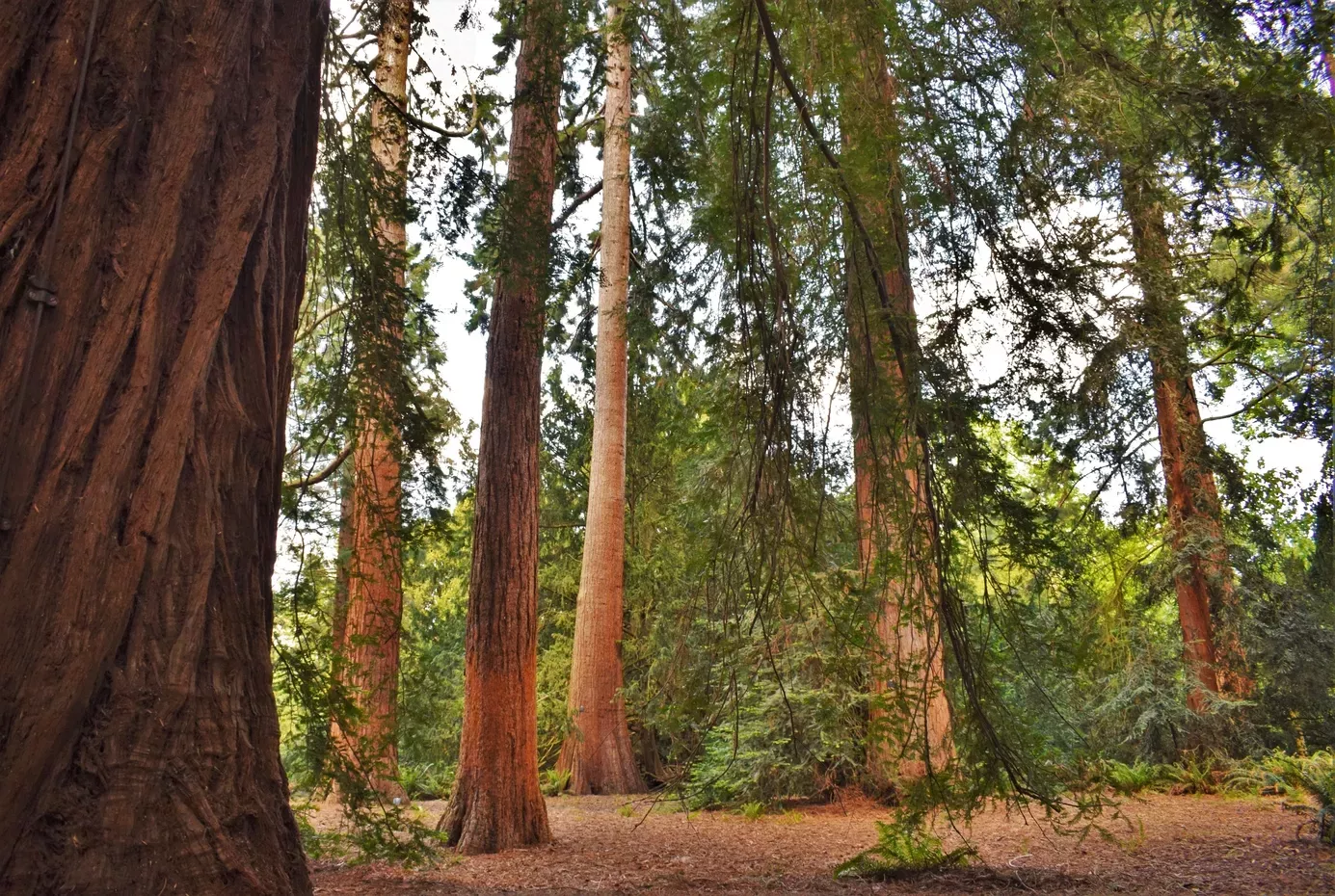
6. How does the giant waterlily (Victoria amazonica) trap its beetle pollinators?
A. Its flower closes around the beetle
B. Sticky petals
C. Magnetic pull
D. Sucks beetle into inner chamber
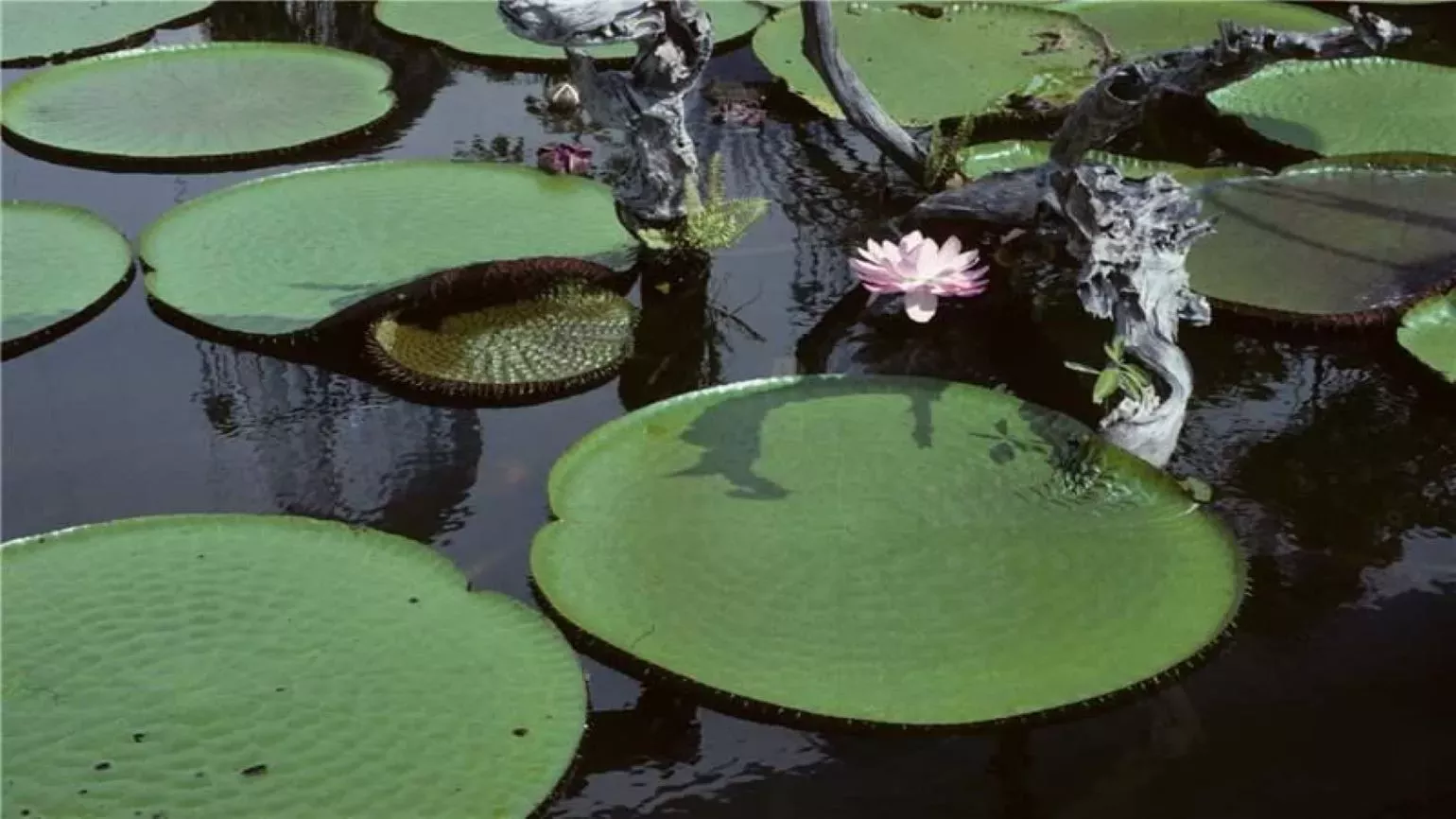
7. Why do the leaves of deciduous trees change colour in autumn?
A. To lose unnecessary energy
B. To repel animals that eat the leaves
C. To reclaim valuable chemicals
D. To attract insect pollinators
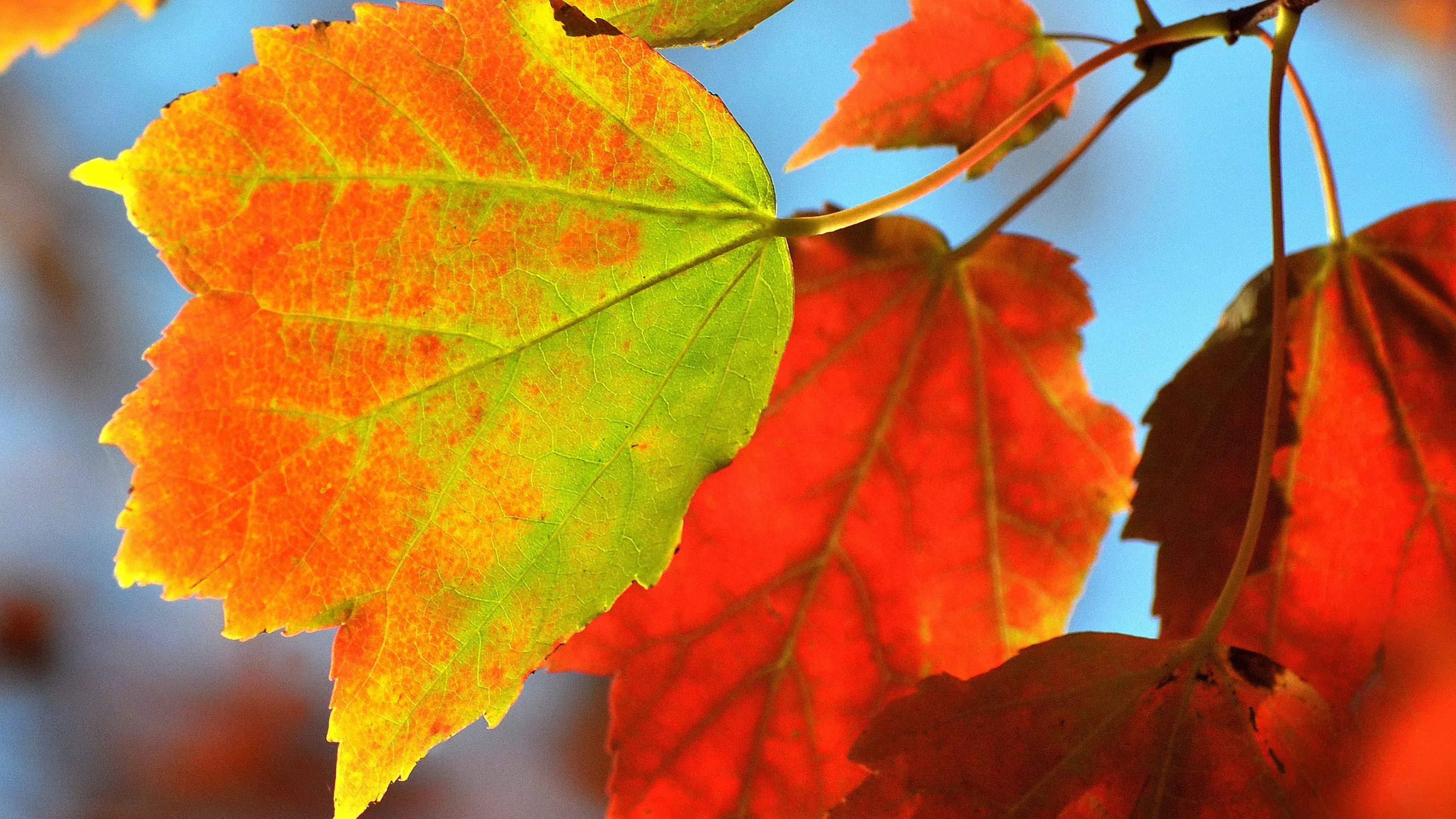
8. Which of these aquatic plants uses a suction trap to gobble its prey?
A. Waterlilies
B. Bladderworts
C. Lotuses
D. Water lettuce
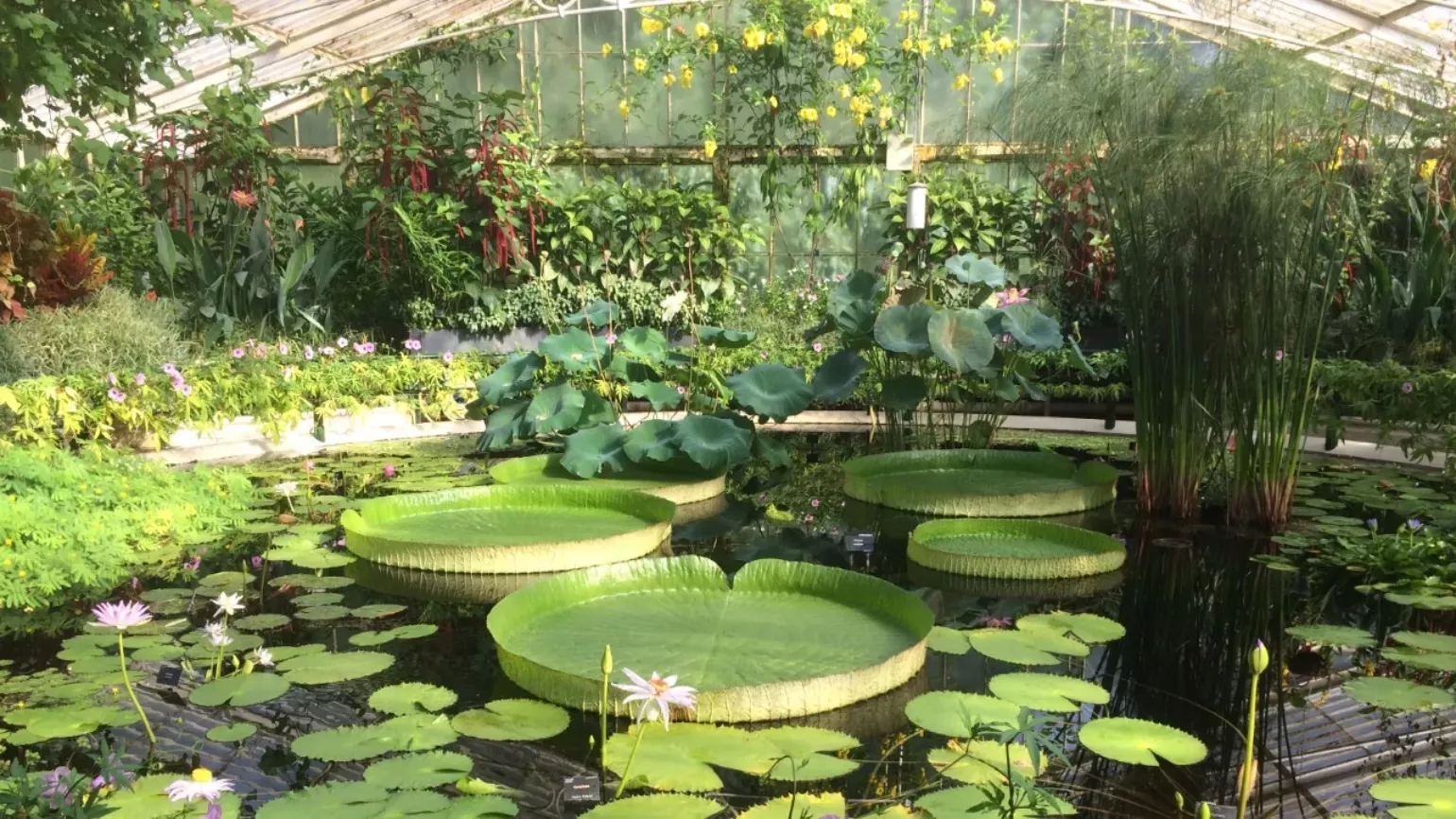
9. How are the seeds of the yew tree (Taxus baccata) spread to more open areas?
A. An explosive mechanism ejects the seeds
B. The seeds are blown in the wind
C. Animals eat the yew berries and poo out the seeds
D. The seeds travel by water
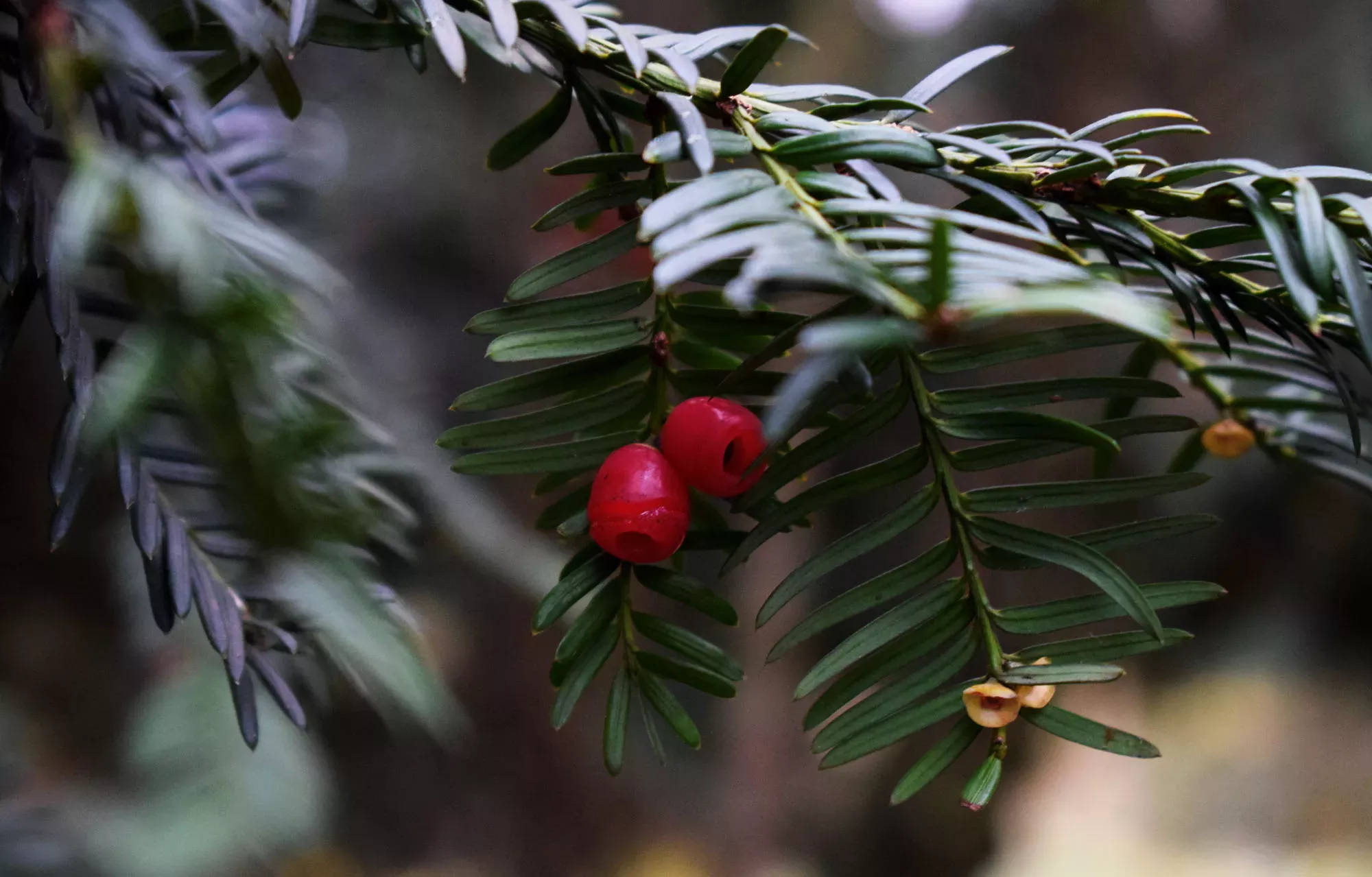
10. Name the plant in the picture below that resembles a creature.
A. Crocodile fern
B. Bird of paradise
C. White egret flower
D. Spider plant

11. Pneumatophores, pictured below, are special tree root systems. What is their benefit?
A. Ward off herbivores
B. Release trapped water
C. Disperse seeds
D. Help supply oxygen to the main submerged root

12. What insect do hammer orchids mimic and then trap for pollination?
A. Thynnine wasp
B. Fire ant
C. Peacock butterfly
D. Dragonfly
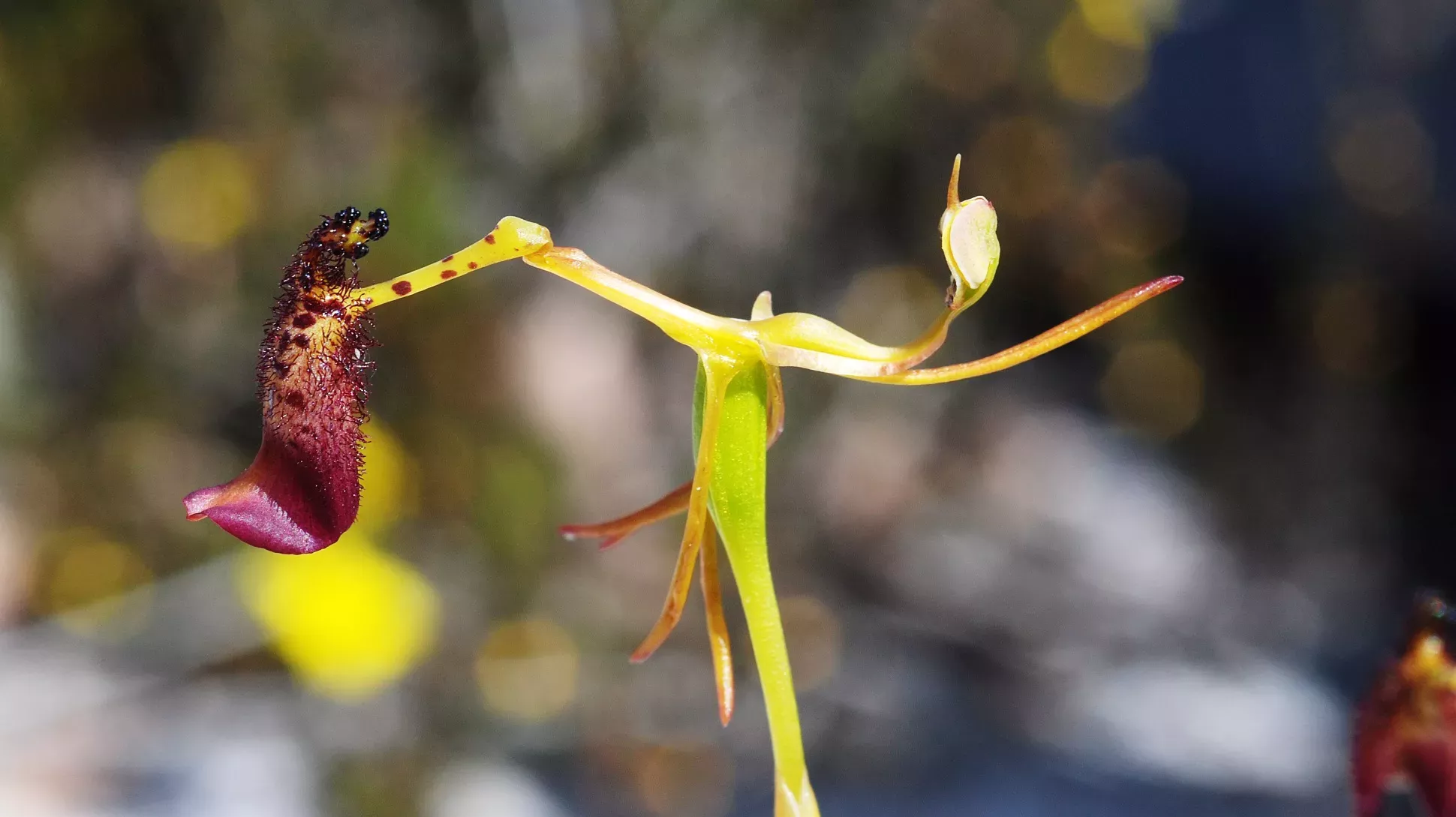
13. How does mistletoe receive water and nutrients?
A. Draws them from a nearby river
B. From the soil
C. Animals transfer them to the plant
D. Takes them from the tree it grows on
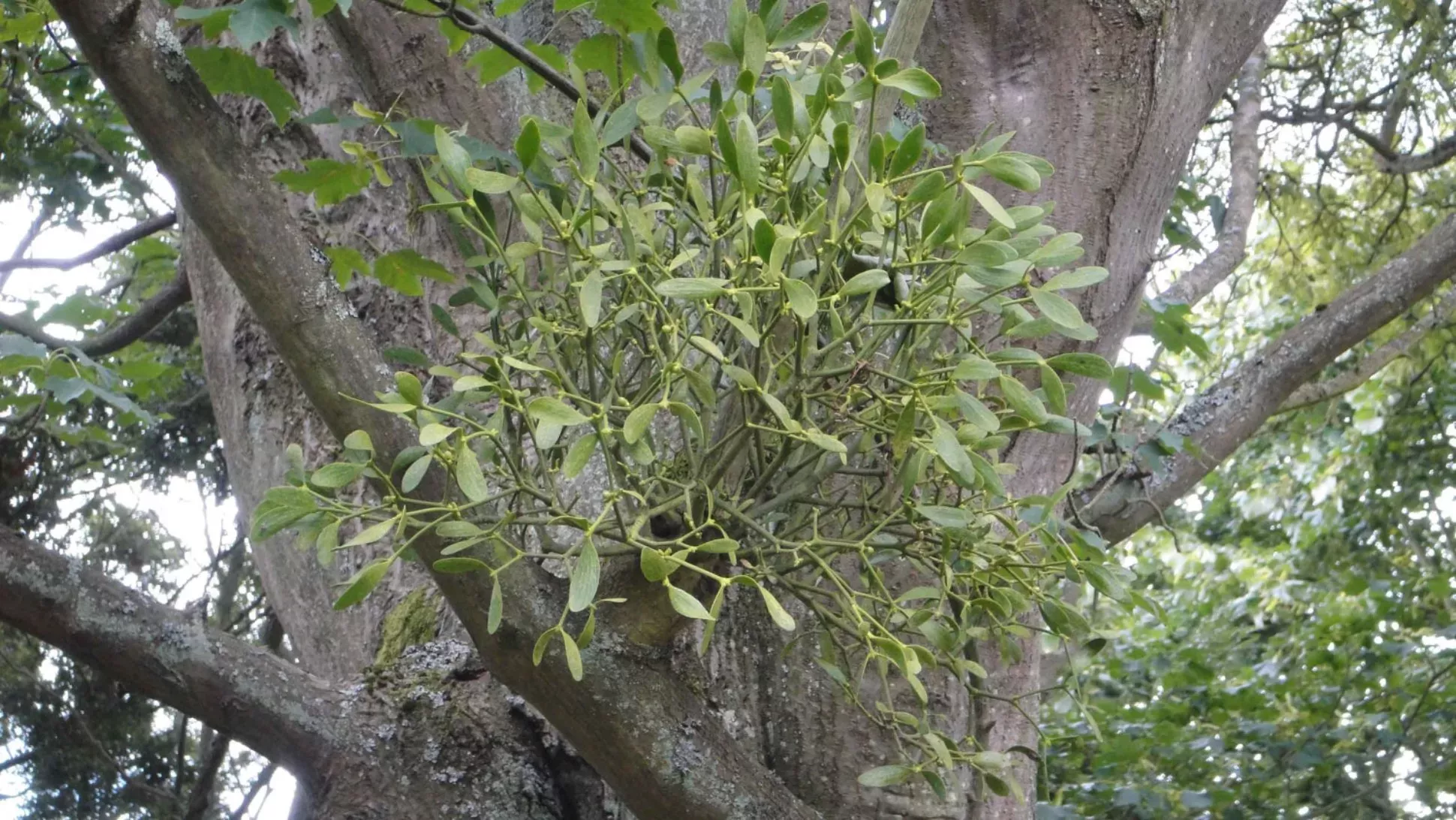
14. How does the ghost plant (Monotropa uniflora) obtain its energy?
A. From the sun
B. Takes nutrients from fungi
C. Doesn't need energy
D. Steals nutrients from other ghost plants
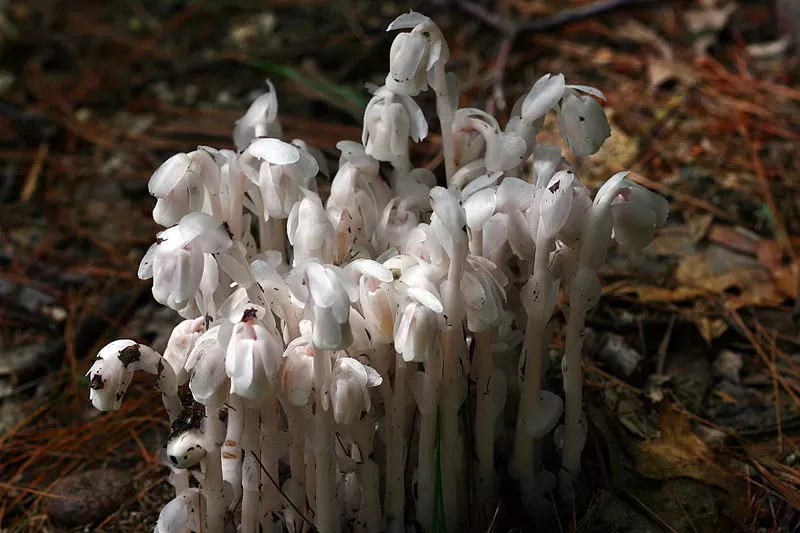
15. What is the common name of this plant that kills its host tree by constricting the trunk and roots?
A. Oak slayer
B. Devil's hands
C. Strangler fig
D. Suffocating ivy
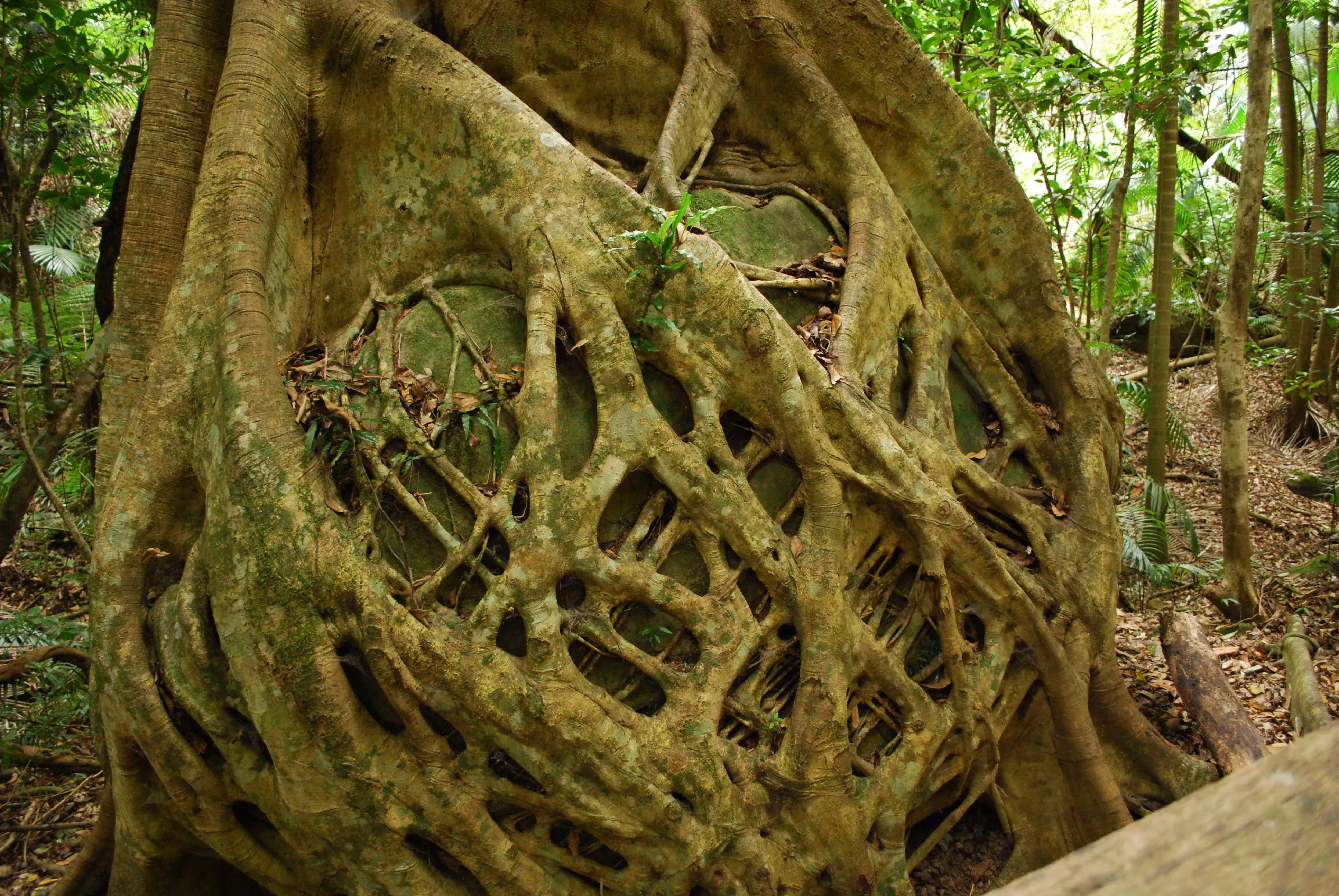
Answers
1. The flowers of the Ophrys apifera, pictured below, mimic the appearance of what creature?
C. Bee
Discover more about the bee orchid
2. What does the Venus flytrap have on its leaves to help trap its insect prey?
A. Teeth
Find out more fun facts about the Venus flytrap
3. Look at the Lithops plants below. Can you guess their common name?
B. Living stones
Take a look at more plants that look like something else
4. How does titan arum attract pollinators when in bloom?
D. Smells and looks like rotting flesh
5. How have redwood trees adapted for survival?
C. They have fire-resistant bark
6. How does the giant waterlily (Victoria amazonica) trap its beetle pollinators?
A. Its flower closes around the beetle
Get to know the giant waterlily's tricks
7. Why do the leaves of deciduous trees change colour in autumn?
C. To reclaim valuable chemicals
8. Which of these aquatic plants uses a suction trap to gobble its prey?
B. Bladderworts
Get the details on the bladderwort
9. How are the seeds of the yew tree (Taxus baccata) spread to more open areas?
C. Animals eat the yew berries and poo out the seeds
Learn about the relationships between trees, fungi, and animals
10. Name the plant in the picture below that resembles a creature.
B. Bird of paradise
Read about this plant's pollination tricks
11. Pneumatophores, pictured below, are special tree root systems. What is their benefit?
D. Help supply oxygen to the main submerged root
12. What insect do hammer orchids mimic and then trap for pollination?
A. Thynnine wasp
Find out more about the hammer orchid
13. How does mistletoe receive water and nutrients?
D. Takes them from the tree it grows on
Learn more surprising mistletoe facts
14. How does the ghost plant (Monotropa uniflora) obtain its energy?
B. Takes nutrients from fungi
Discover the spookiest plants and fungi
15. What is the common name of this plant that kills its host tree by constricting the trunk and roots?
C. Strangler fig
Your score
Add up your score out of 15 to see if you're an expert or amateur...
11 or above: You're a plant tricks pro!
6 to 10: Great effort, these clever plants haven't outsmarted you
1 to 5: Good try but it's time to boost your botanic brainpower
0: Looks like these plant tricksters have got you fooled
Let us know how you did on our Kew Facebook, Twitter or Instagram, or Wakehurst Facebook, Twitter or Instagram.
